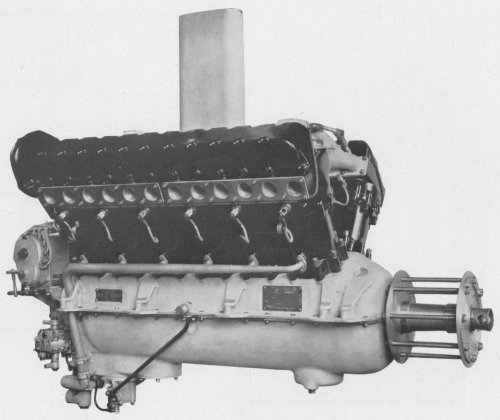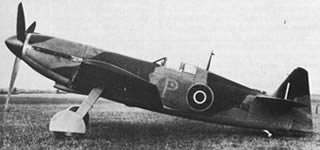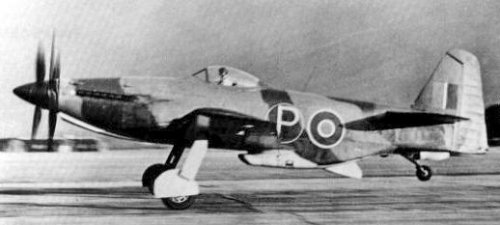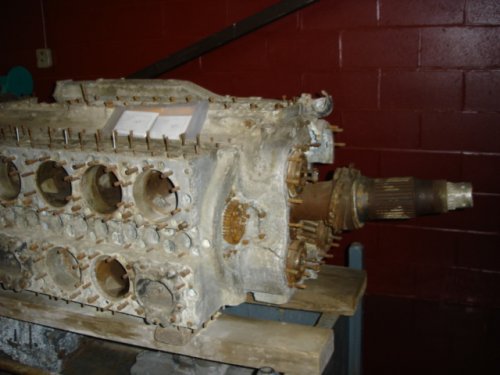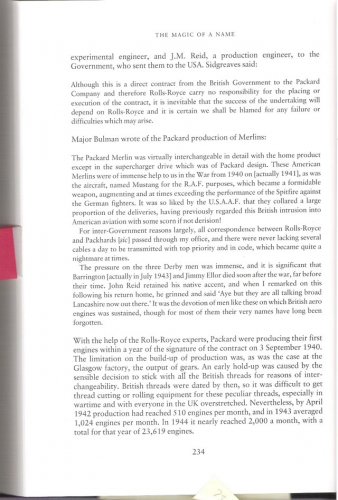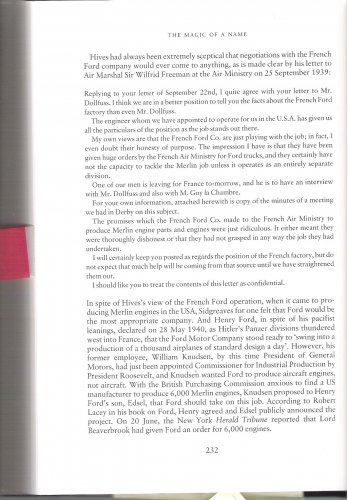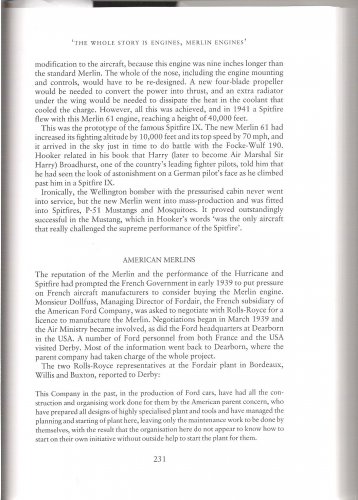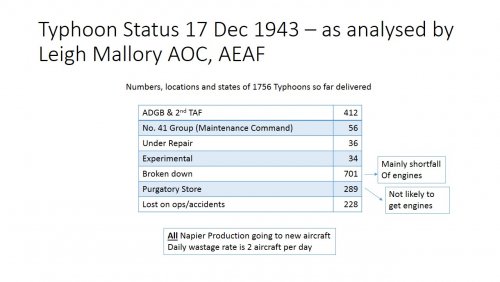- Joined
- 1 May 2007
- Messages
- 2,595
- Reaction score
- 1,965
C'mon... that was four years ago, had a kip since then............. ;DWe could read our own discussion group posts too!
I'd forgotten about that topic...
I agree, to stand any chance, the P.24 needed to be developed by one of the 'big boys', but somehow, I can't see that happening.
Thanks for the information on the Merlin H, that's new to me, did it progress any farther than drawings? Or was it just a paper design to counter the P.24 should any further interest be shown?
Now I've read, I think in 'Aeroplane Monthly', that the Kestrel was RR's response to the Fairey Felix, a licence-built Curtiss D-12, so here we have things coming full-circle...He designed the Prince, a V-12 of 26 litre capacity to compete with the Kestrel.
before we leave the subject, and just for information, does anyone have an image of the Prince, as I've never seen one?
Re. the chart above; now this is what I was getting at in my original post. The help RR and Bristol give Napier gives the historical Sabre timeline. If Bristol and RR are in from the start, Sabre milestones come 6 months sooner. But this means effort and rescources diverted away from RR and Bristol's own projects. If, however, the Sabre is abandoned early, and these rescources are available to RR and Bristol, are their own engines, and particularly the Centaurus, earlier in reaching their respective milestones? I have to say IMO, RR were right to drop the Exe and Crecy, particularly the latter.
cheers,
Robin.

